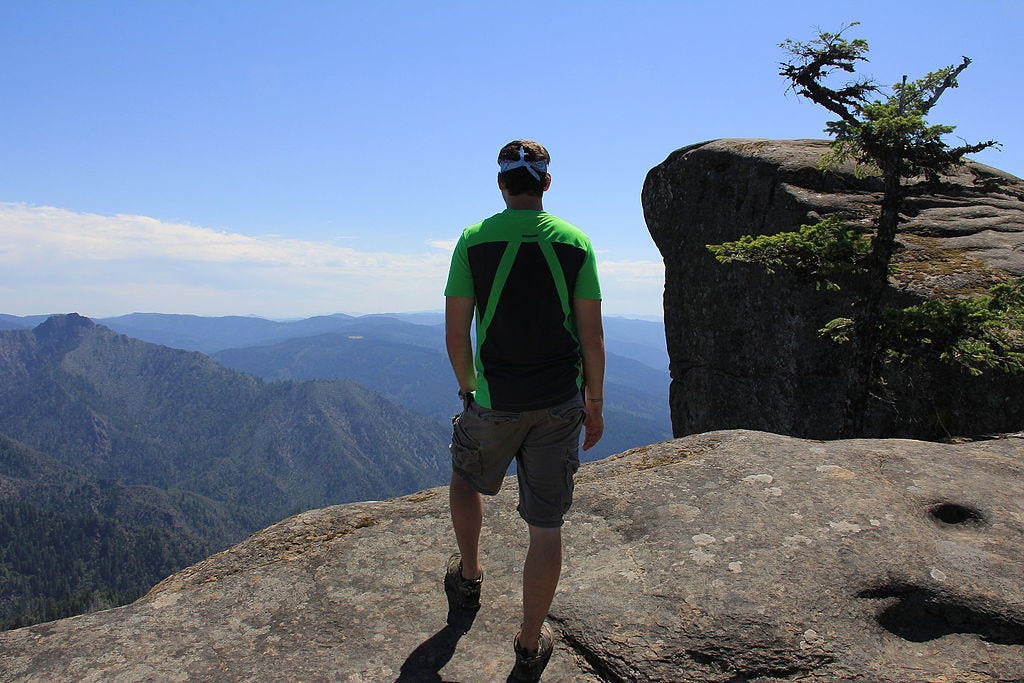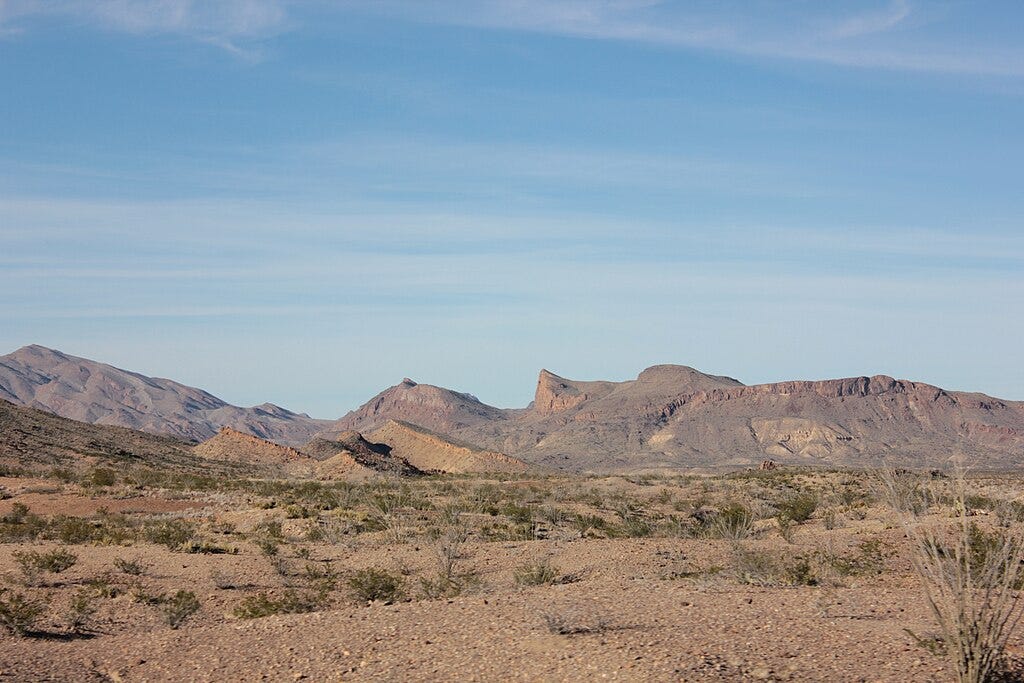
Okay, the woolly devil (Ovicula biradiata) is not a plant you will ever have in your garden, not unless you garden in the Chihuahuan Desert in the Big Bend area of Texas and it accidentally finds its way in. But its story is so fascinating I have to share it.
In March 2024, an interpretive operations supervisor for Big Bend National Park, Cathy Hoyt, and a Park volunteer, Deb Manley, were hiking in a remote area of the Park when they noticed some exceptionally tiny plants scattered among the rocks.

When you go hiking, do you prioritize walking as fast as you safely can to reach a summit, lake, or another goal in the shortest possible time? Or do you amble along, pausing to look at whatever catches your eye, maybe even lying down on the trail for a closer view? Manley and Hoyt were evidently the latter type of hikers. Botanists refer to the smallest plants by the highly technical term “belly plants,” because getting down on your belly is the best way to see them.
Manley took some photographs of these weird little plants, including the one shown above. When she and Hoyt returned from their hike, they consulted records of all kinds to try to figure out what they had seen, comparing herbarium records, scholarly publications and more to try to find something similar, without success. They showed the photographs to local plant experts. No one had seen anything like it before.

They uploaded photographs to the iNaturalist app. No one there had seen anything like it either.
If you haven’t yet discovered iNaturalist, you have a treat in store. You can download this free app onto your iPhone or computer, and if you upload photos of plants that puzzle you, friendly iNaturalist users will help you identify them. I’ve found the app is a great tool for figuring out whether volunteer plants in my garden were horrifying invasives I wanted to remove (oriental bittersweet—boo!) or charming natives I wanted to keep (white snakeroot—cool!).
In order to study and classify the new plant, a group of scientists from the California Academy of Sciences; Sul Ross State University in Alpine, Texas (near Big Bend); and the Universidad Autónoma de Tlaxcala in Durango, Mexico; joined with botanists from Big Bend National Park. They realized it was unknown to science. The Park officials allowed them to collect a very small number of plants, which the scientists examined under standard microscopes and electron microscopes.
Keep reading with a 7-day free trial
Subscribe to The Generous Garden to keep reading this post and get 7 days of free access to the full post archives.





